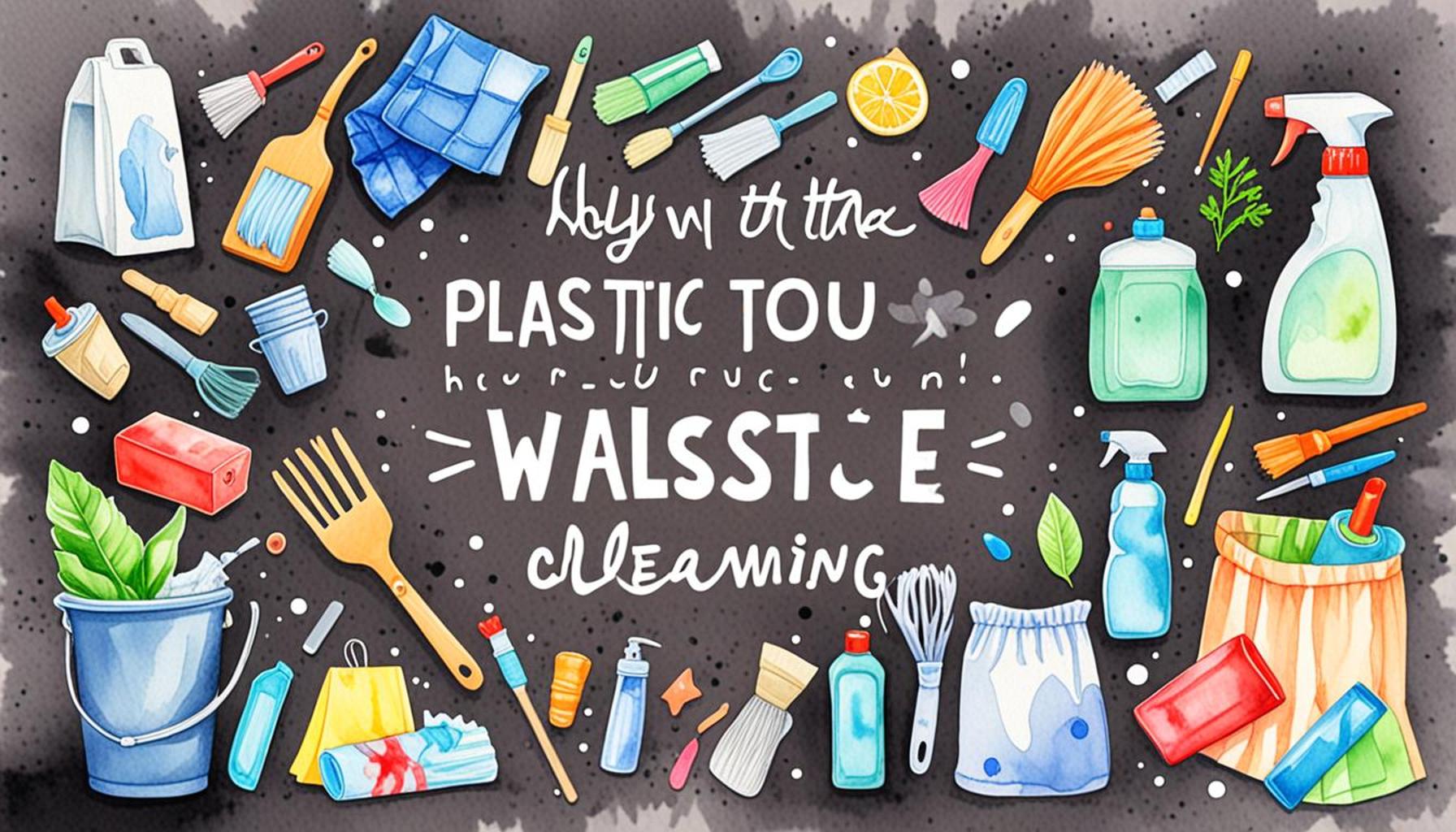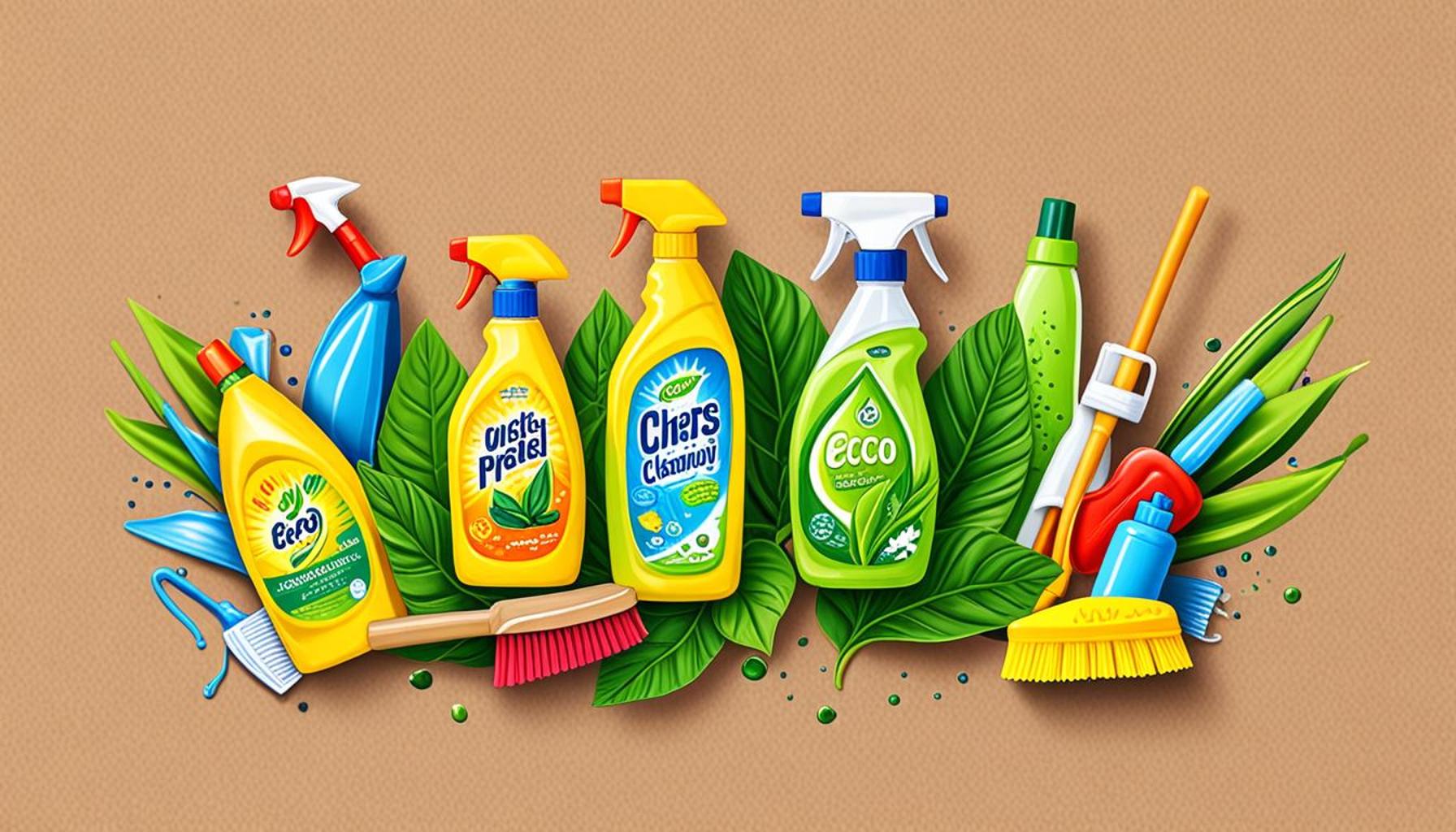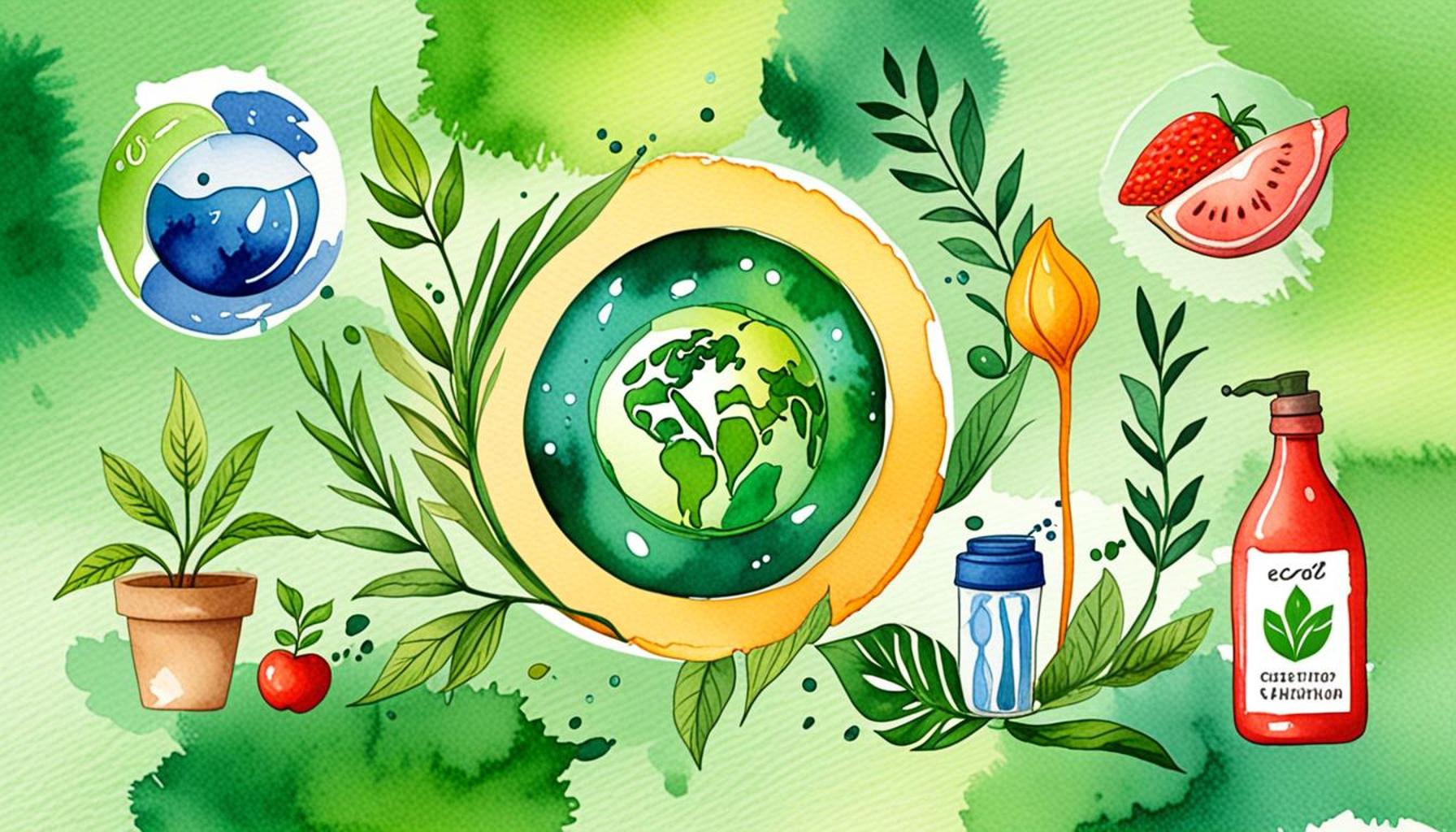Create a Green Cleaning Starter Kit A Sustainable Home Guide
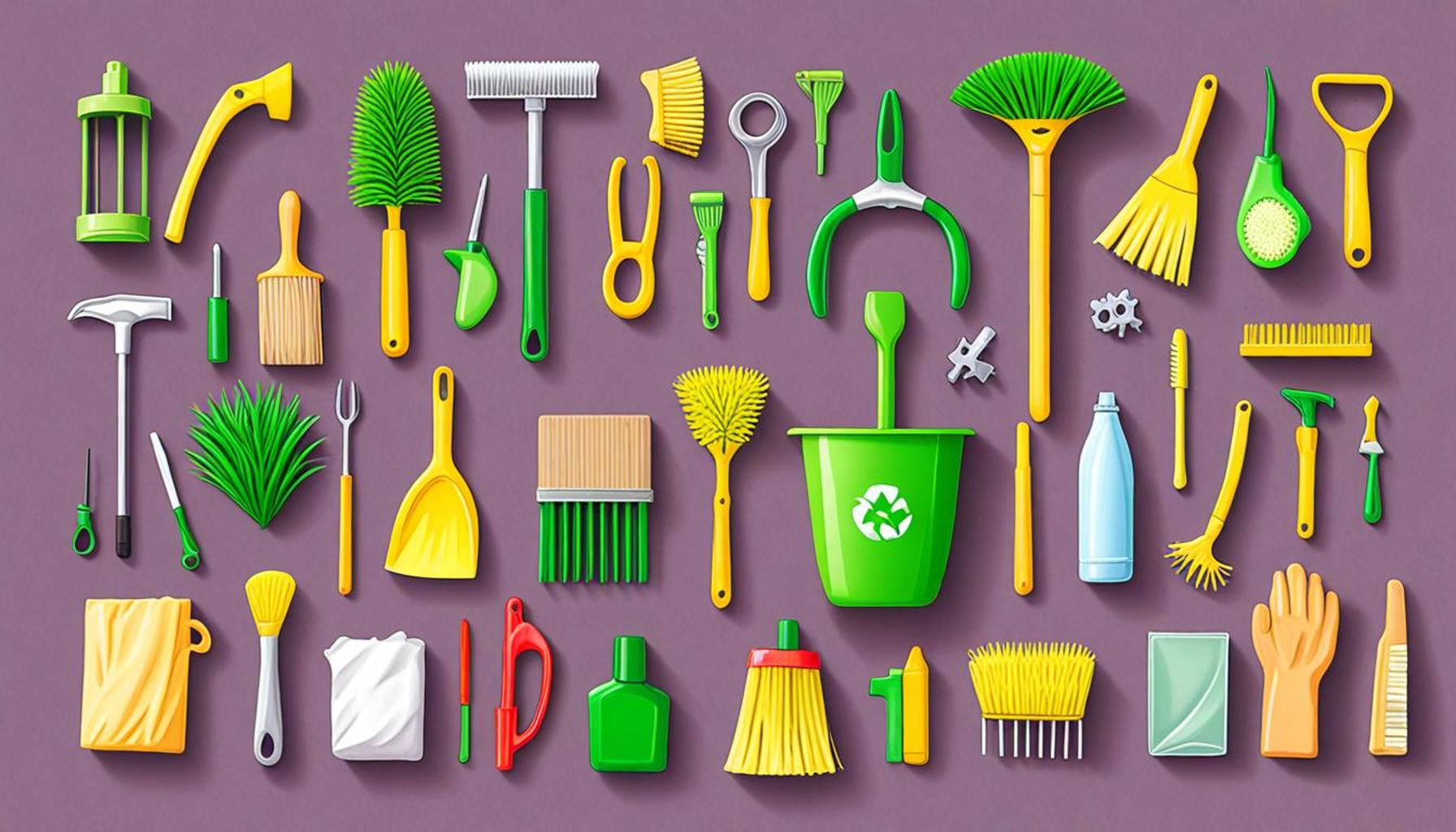
The Importance of Sustainable Cleaning
As environmental concerns escalate, more individuals and families are compelled to adopt sustainable lifestyles, particularly in their cleaning practices. Traditional cleaning products often contain harsh chemicals that can be detrimental not only to the environment but also to our health. For instance, many conventional cleaners contain compounds that can lead to respiratory issues and skin irritations. Transitioning to a green cleaning routine is a practical step toward cultivating a healthier living space.
Building Your Green Cleaning Starter Kit
Starting a green cleaning kit is a proactive approach to effective cleaning without the associated risks of toxic substances. Here are some essential components that should be included:
- Natural Cleaners: Household staples such as vinegar, baking soda, and castile soap provide powerful cleaning solutions. Vinegar is particularly effective as a disinfectant and deodorizer, making it ideal for kitchens and bathrooms. Baking soda is excellent for tackling tough stains and odors, while castile soap offers a gentle yet effective cleaner for various surfaces.
- Reusable Cloths: Investing in microfiber cloths is a sustainable choice that significantly cuts down on waste. Unlike conventional paper towels, microfiber cloths can be washed and reused multiple times, providing a more economical and eco-friendly cleaning solution. These cloths are also more effective at trapping dirt and bacteria, enhancing your cleaning routine.
- Essential Oils: Enhance your cleaning experience with the addition of essential oils. Oils like eucalyptus, lemon, and tea tree not only add delightful scents to your environment but also bring natural antibacterial properties. For example, lemon oil is known for its powerful degreasing properties, making it perfect for tackling kitchen grime.
The Environmental Impact
Building a green cleaning starter kit does not just contribute to a cleaner home; it plays a pivotal role in fostering the planet’s health. The Environmental Protection Agency (EPA) has highlighted that common household pollutants can often be more concentrated than outdoor air pollution. By choosing non-toxic ingredients, you are actively helping to keep both indoor air quality and the environment intact.
Conclusion
As you begin your journey into sustainable cleaning, you will not only curb the use of harmful chemicals but also embrace an admirable lifestyle choice. The act of cleaning your home can transform into a commitment to protect the environment, benefiting generations to come. This guide outlines the critical components of your green cleaning kit, paving the way to a more sustainable routine. By embracing natural alternatives and minimizing waste, you are taking significant steps towards a healthier life for you and your family.
SEE ALSO: Click here to read another article
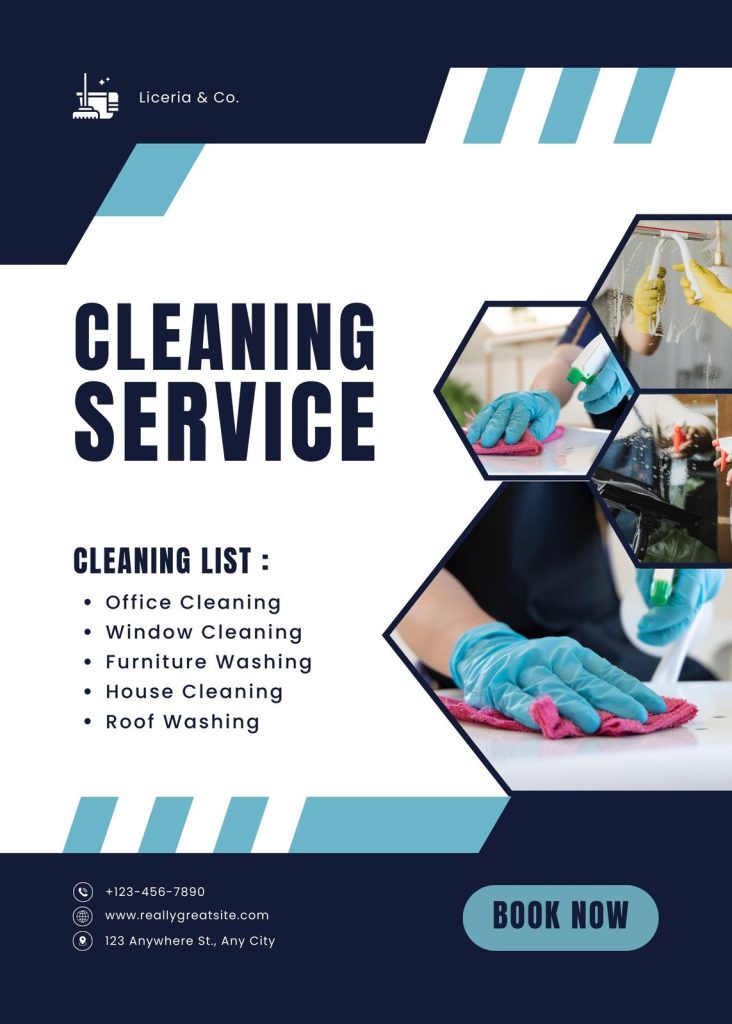
Essential Items for Your Green Cleaning Starter Kit
Creating a green cleaning starter kit involves identifying the right tools and ingredients that empower you to clean effectively while remaining committed to sustainability. Here are some indispensable items that can help you initiate your green cleaning journey:
- Vinegar: This versatile liquid is a natural disinfectant and deodorizer. Its acetic acid content makes it effective against mold, mildew, and even some bacteria. Use it diluted with water for a general-purpose cleaner, or apply it straight to stubborn stains like mineral buildup in bathrooms.
- Baking Soda: A household staple, baking soda is known for its powerful ability to absorb odors and tackle tough stains. Sprinkle it on carpets before vacuuming to freshen them up or mix it with water to form a paste for scrubbing grime from pots and pans.
- Castile Soap: This plant-based soap is a fantastic all-in-one cleaner that can be used for everything from washing dishes to cleaning countertops. It is gentle, non-toxic, and biodegradable, making it a safe option for households with children and pets.
- Essential Oils: Not only do essential oils provide pleasant fragrances, but many also possess natural antibacterial properties. Consider adding tea tree oil for its antifungal benefits, lavender oil for a calming scent, or orange oil for its grease-cutting abilities.
- Microfiber Cleaning Cloths: These cloths are essential for effectively trapping dust and dirt without the need for chemical agents. By investing in a few quality microfiber cloths, you can reduce the waste generated from paper towels while achieving a streak-free shine on your surfaces.
- Reusable Spray Bottles: As you mix your own cleaning solutions, having a set of reusable spray bottles is critical. Look for BPA-free options, and label them to easily identify the contents. This way, you can customize your cleaners while reducing plastic waste.
Organizing these items within a dedicated space in your home not only makes cleaning more efficient but also serves as a constant reminder of your commitment to sustainability. Whether it’s a caddy under the sink or a shelf in the laundry room, having your green cleaning essentials at hand fosters a more consistent cleaning routine.
Moreover, consider that each of these items represents a choice toward a healthier lifestyle. For instance, a 2021 study published in the American Journal of Respiratory and Critical Care Medicine indicated that using conventional cleaning products could raise the risk of respiratory diseases. Shifting to greener alternatives can significantly improve indoor air quality, providing a safer environment for you and your loved ones.
As you embark on your journey to create a green cleaning starter kit, it is worthwhile to remember that each small step collectively contributes to a significant positive impact on your health and the planet.
| Category | Benefits |
|---|---|
| Natural Ingredients | Utilizing non-toxic and readily available materials, like vinegar and baking soda, ensures a safer cleaning environment without harmful chemicals. |
| Cost-Effective Solutions | Creating DIY cleaning products from simple ingredients can save money compared to purchasing commercial cleaners, allowing a sustainable approach that doesn’t break the bank. |
| Waste Reduction | By sourcing materials locally and reusing containers, a green cleaning starter kit can significantly contribute to reducing waste and promoting a sustainable lifestyle. |
| Health Benefits | Switching to green cleaning reduces exposure to harmful chemicals, leading to fewer respiratory issues and allergies, contributing to an overall healthier home environment. |
Transitioning to a green cleaning starter kit not only simplifies your cleaning routine but also aligns with a commitment to sustainability. It empowers individuals to create a home that reflects their values and contributes to a larger, eco-conscious movement.
SEE ALSO: Click here to read another article
Eco-Friendly Alternatives and DIY Solutions
In addition to the essential items listed earlier, incorporating eco-friendly alternatives and DIY solutions into your green cleaning starter kit can significantly enhance your commitment to sustainability. These alternatives are not only cost-effective but also offer effective cleaning power while minimizing environmental impact.
- Coconut Oil: This multi-purpose oil can be used to polish wood furniture, condition leather, or remove sticky residues. Applying a small amount of coconut oil on a soft cloth can restore luster to your wooden surfaces without relying on synthetic polishes.
- Hydrogen Peroxide: A potent and natural disinfectant, hydrogen peroxide can be used to sanitize countertops, cutting boards, and bathroom fixtures. Its effectiveness is boosted when used in concentrations of 3-5%. Mix it in a spray bottle for a non-toxic cleaning solution that combats germs and stains alike.
- Olive Oil: For a natural furniture polish, mix olive oil with vinegar to create a gentle yet effective cleaner. This combination not only cleans but also nourishes the wood, keeping it looking fresh without harmful chemicals.
- Lemon Juice: Known for its natural bleaching and antibacterial properties, lemon juice is a powerful cleaning agent. It can effectively remove stains from surfaces, whiten laundry, and even eliminate unpleasant odors. Combine it with baking soda for an effective scrubbing paste.
- Washing Soda: Similar to baking soda but more alkaline, washing soda is excellent for stain removal and boosting your laundry detergent’s effectiveness. It is especially useful for cleaning greasy surfaces and deodorizing carpets.
While these natural ingredients provide effective cleaning options, understanding how to properly combine them can elevate their efficacy. For instance, a popular DIY recipe for an all-purpose cleaner involves mixing equal parts of water and vinegar with a few drops of essential oil for fragrance. This simple concoction not only cuts through grime but is also safe for most surfaces.
Moreover, when sourcing ingredients, consider opting for bulk purchases to reduce packaging waste. Many health food stores and cooperatives offer bulk bins for most of these natural products. This not only saves money but also aligns perfectly with sustainable living principles.
Green Cleaning Practices
In addition to the right tools and ingredients, adopting green cleaning practices is essential for maintaining a sustainable home. For example, focusing on “cleaning for health” rather than just aesthetics means prioritizing the elimination of allergens, dust, and pollutants. Frequent vacuuming with a HEPA filter vacuum cleaner can effectively reduce indoor allergens, making it a vital component of your cleaning routine.
Furthermore, consider the frequency and approach you take with cleaning tasks. Regularly cleaning in smaller increments can reduce the need for harsh chemicals that are often used when dirt builds up. Involving your family in this process can foster awareness and promote sustainable habits across generations.
Finally, educate yourself about the ingredients in commercial cleaning products to make informed choices. Platforms like the Environmental Working Group provide insights into which substances are potentially harmful and offer tips on safe alternatives. By doing this, you not only safeguard your health but also contribute to a larger movement toward eco-conscious living.
SEE ALSO: Click here to read another article
Conclusion: Embracing a Sustainable Cleaning Future
Creating a green cleaning starter kit is more than just a trend; it’s a commitment to a healthier home and planet. By replacing conventional cleaning products with eco-friendly alternatives, such as vinegar, baking soda, and essential oils, you not only reduce harmful chemicals in your environment but also contribute to a sustainable lifestyle.
As you assemble your kit, remember the importance of DIY solutions that utilize natural ingredients. Coconut oil, olive oil, hydrogen peroxide, and lemon juice are all excellent choices that keep your home clean while being kind to Mother Earth. Opting for bulk purchases further minimizes packaging waste and aligns with sustainable living principles, demonstrating that eco-conscious choices can be both feasible and economical.
Moreover, adopting green cleaning practices—like regular, smaller cleaning tasks, engaging family members in the process, and being mindful of indoor allergens—ensures a cleaner atmosphere for every inhabitant. Don’t underestimate the power of knowledge; educating yourself about the harmful ingredients in commercial products can empower you to make better choices for your health and the environment.
In conclusion, building your green cleaning starter kit is an invitation to join a broader movement towards sustainability. As you integrate these principles into your home, you not only improve your own space but also inspire others to reconsider their cleaning habits. Begin your journey today—one cleaning product at a time—and rest assured that every small step contributes to a larger impact.

